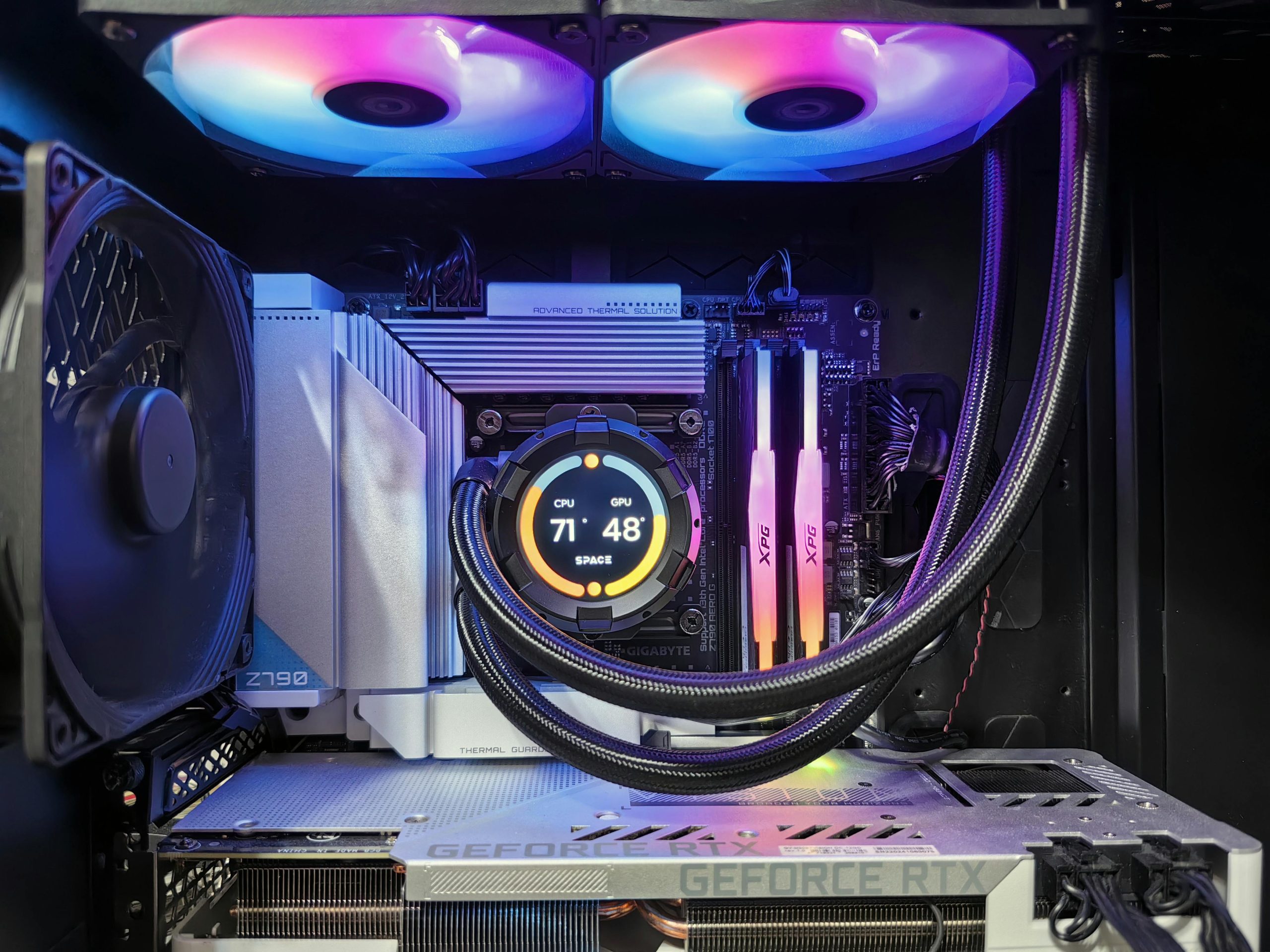Understanding High Idle Temperatures on Your Laptop: Causes and Solutions
Monitoring your laptop’s thermal performance is crucial for maintaining hardware health and ensuring optimal performance. Recently, a user reported that their Dell laptop, equipped with an Intel Core i7-13800H CPU, RTX ADA 2000 GPU, 64GB RAM, and a 2TB SSD, exhibits unusually high temperatures even when idle. Additionally, during simple gaming activities such as Roblox, temperatures spike up to 100°C.
This article aims to explore the potential causes of such thermal behavior, provide troubleshooting steps, and recommend best practices to address high idle temperatures effectively.
Potential Causes of Elevated Idle Temperatures
-
Thermal Paste Degradation or Improper Application
Over time, the thermal paste between the CPU/GPU and their respective heatsinks can degrade or may not have been applied correctly during manufacturing or recent servicing. This can impede heat transfer, leading to elevated temperatures even at idle. -
Insufficient Cooling System Functionality
Despite the fans operating, they might not be providing adequate cooling. Dust accumulation, damaged fans, or malfunctioning thermal sensors could hinder cooling efficiency. -
Background Processes and Software Issues
Although the user reports no obvious high-CPU activity, some background processes or malware might be causing unnecessary CPU or GPU load, resulting in higher temperatures. -
Hardware or Firmware Anomalies
Firmware bugs, BIOS misconfigurations, or hardware faults can lead to improper thermal management, causing components to run hotter than normal. -
Ambient Environment Factors
High ambient temperatures or poor ventilation can contribute significantly to higher system temperatures.
Troubleshooting Steps
-
Check for Background Processes
Use task management tools to monitor running processes and terminate unnecessary applications that might cause CPU or GPU to run at elevated levels. -
Update Drivers and BIOS
Ensure that all device drivers, especially graphics and chipset drivers, as well as BIOS/UEFI firmware, are up-to-date, which can improve hardware efficiency and thermal management. -
Inspect Cooling System
Consider cleaning the vents and fans to remove dust and debris. If comfortable, open the laptop to ensure fans are functioning correctly and thermal paste is intact. If not experienced, seek professional assistance. -
Monitor System Temperatures and Usage
Use hardware monitoring tools such as HWMonitor or MSI Afterburner to track temperature and load readings
Share this content:



